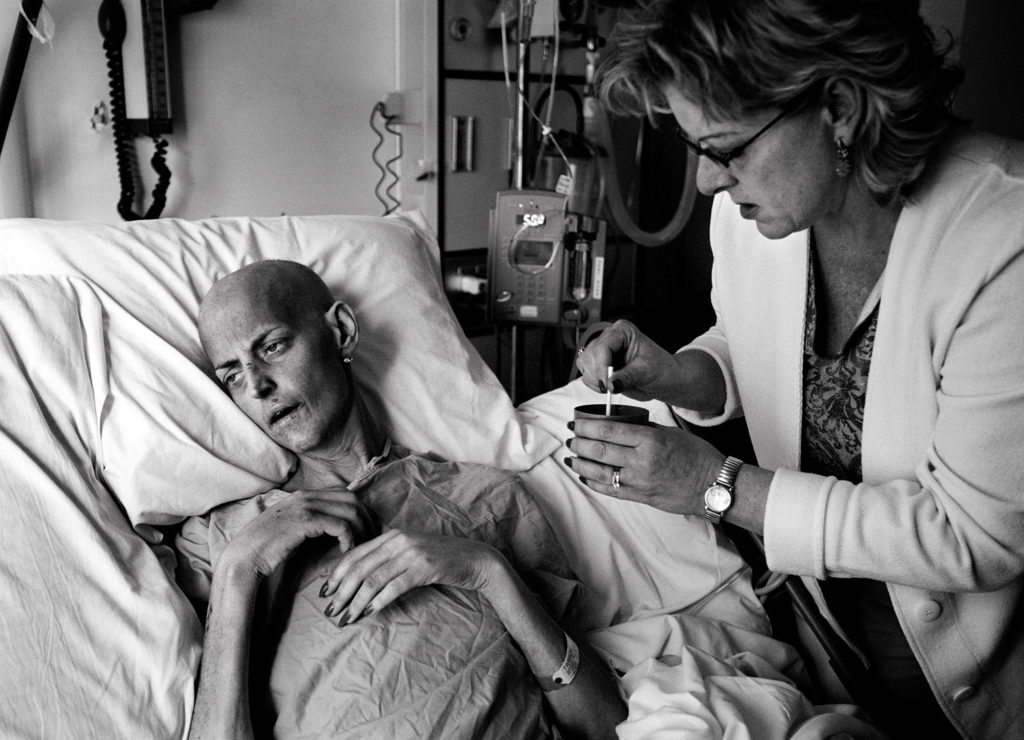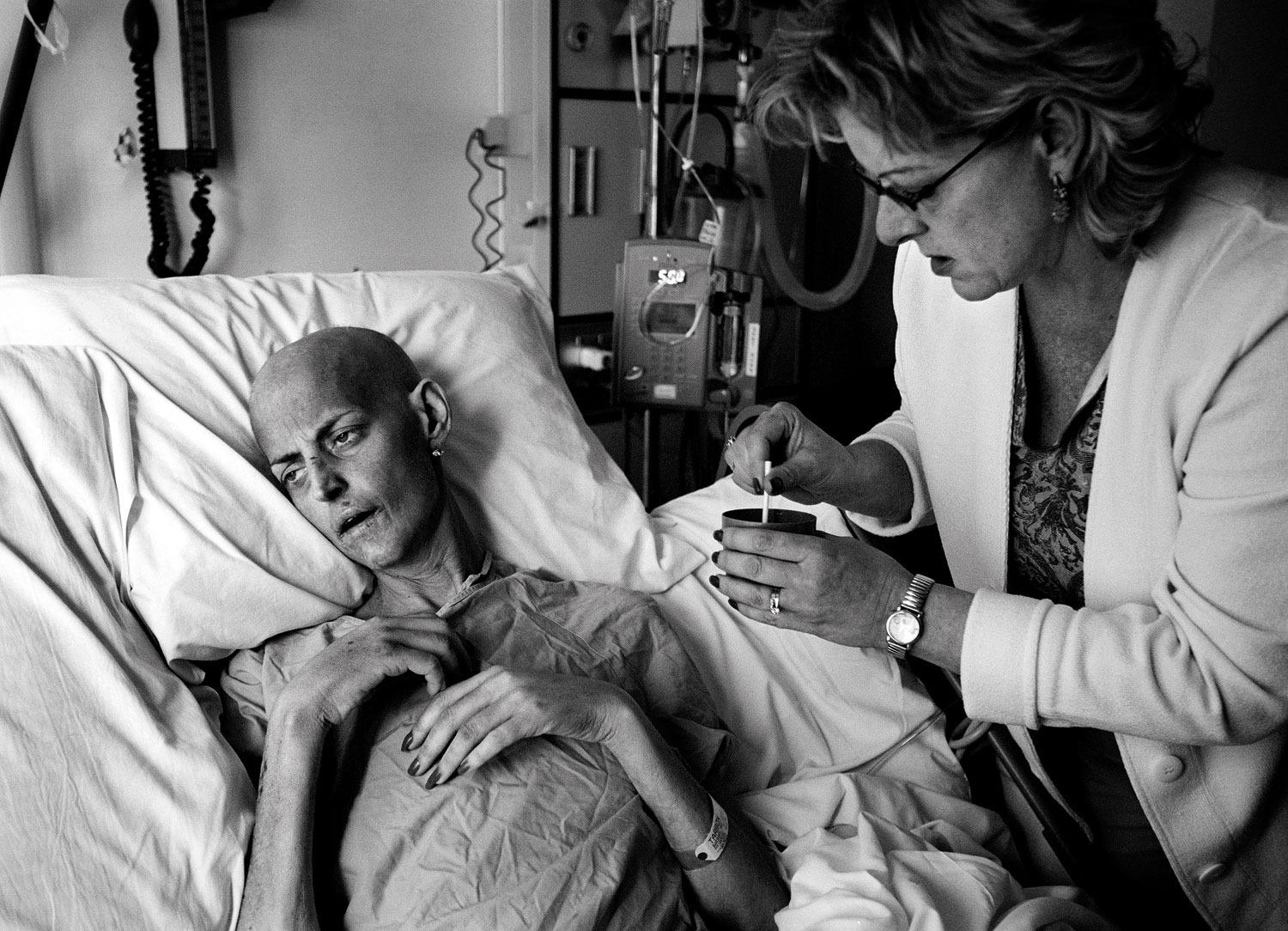Victoria Alarcon
Sports & Health Editor
Fourth-year English major Urszula Dobrowolski started smoking at the age of 15 before she became addicted. The thought of quitting often crosses her mind as she picks up a cigarette package, hoping this one will be her last.
Unfortunately for her, that idea is just a fantasy; she’s come to rely too heavily on cigarettes.
“About every single time I buy a pack, I think this is my last pack, but you know it gets stressful, especially with school and during the exam period,” said Dobrowolski.
In late September, Health Canada decided to nix a new series of mandatory cigarette package warning labels that would include more graphic depictions of the side effects smoking can induce. After seven years of government-funded research, the goal of motivating smokers to end their deadly habit has ground to a halt, leaving many health advocates reeling.
“It’s incomprehensible,” said Michael Perley, director of the Ontario Campaign for Action on Tobacco. “There’s no doubt that they need refreshing. They’ve been seen thousands of times by every smoker, and the idea is to make them a larger part of the package face and to bring new harder hitting messages, which are really necessary.”
According to the Heart and Stroke Foundation website, the smoking rate among young adults aged 20 to 24 has flattened out over the years. In 2002, the rate of smoking dropped from 48 percent in 1981 to 31 percent, but in recent years, that decline has happened much slower, at a rate of one percent per year.
Matthew Stanbrook, doctor and scientific deputy editor of the Canadian Medical Association Journal, attributes this slow-down to the overuse of the warning images on cigarette packages – the same images have been used for the last decade.
“Part of it is that they [warning images] have lost their effectiveness and we know that,” said Stanbrook. “You wouldn’t run the same ad for the same years.”
While Health Canada is taking a step back, the U.S. Food and Drug Administration has decided to move forward with the new warning images. One of the 36 potential images to be featured on the packs is of famous Canadian anti-smoking activist Barb Tarbox, who died in 2003 because of her tobacco addiction.
Edmonton Journal photojournalist Greg Southam, who stayed with Tarbox in her last days and shot the photograph to be used in the warning, shakes his head at Canada’s decision in dismay. “She [Tarbox] would roll over in her grave because she would be so disappointed in the Canadian government for shelving the image,” Southam said.
“She wouldn’t understand [why] the country that she loved is not going to get the same treatment that Americans might get. She wanted to warn the people of the dangers of smoking and quite frankly, she would be very unhappy that this is occurring in Canada.”
In a statement about the federal government’s decision to suspend the plans, Health Canada insisted they will “continue to examine the renewal of health warning messages on tobacco packaging but [are] not ready to move forward at this time. The impact and possible effectiveness of any new messages on the smoking behaviour of Canadians needs to be determined before new messages are considered.”
Geoffrey Fong, chief principal investigator for the International Tobacco Control Policy Evaluation Project – an international project responsible for evaluating the effects of national tobacco control policies – argues there is no need for further research on the new cigarette package warnings.
“From our research across different countries, including Canada, Thailand and Malaysia, all of our evidence points to the conclusion that graphic warning labels are significantly more effective than text-based warnings in conveying the harms of cigarettes,” said Fong. “They increase to a greater extent smokers’ thinking of the harms of cigarettes and about quitting.”
According to Fong, the effectiveness of the warnings lies in the fact images pop up every single time a smoker reaches for their cigarette package. A smoker who smokes 20 cigarettes a day may be exposed to those images up to 7,300 times in one year, or 600 times a month. This exposure only partly explains why the images are so effective. “You pull out the cigarette, you light it and you’re not even thinking about it,” said Fong. “However, because of the sensational value of the warning labels, it has the potential to interrupt that automaticity.” Fong admitted the labels alone may not get those addicted to stop, but thinks smokers on their way to quitting may be significantly influenced by the graphic nature of the images.
At the moment, 80 percent of smokers want to quit, and 25 to 30 percent are actively engaged in quitting, added Fong.
Stanbrook noted that reviving the warning labels on cigarette packages doesn’t cost the government anything – in fact the tobacco companies would have to foot the bill. “Implementing the labels that the government decides to put on the packages, all that cost gets put on the tobacco companies,” said Stanbrook. “Though there is cost in research and development in labels, it’s already been spent. [The government] is not saving anything by changing policy now.”
Stanbrook felt Health Canada has failed to provide a reasonable explanation for the cancellation of the update, and believed there may be something the agency isn’t sharing.
“You have to wonder. In the absence of logical reason, it may have been the influence of tobacco lobbyists, and unless the government does something to overlay that suspicion, I think it’s a reasonable conclusion.”
Perley said Health Canada needs to reverse their decision now – failure to do so will only lead to more death.
“This decision to not proceed will actually result in the premature death of some Canadians, whether its tens of thousands or hundreds of thousands – we don’t know,” said Perley. “But there will absolutely be additional death as a result of this decision.”
There are about 4.9 million smokers in Canada. According to the Health and Stroke Foundation of Canada, 37,000 die each year as a result of smoking. Additionally, 6,300 non-smokers die each year from exposure to second-hand smoke.

Canada to lose lead in fight against smoking



“While Health Canada is taking a step back,” is an incorrect statement. They may not be taking a step forward in increasing the size and offensive imagery on our health warning labels but rest assured they are persuing the tobacco industry through a variety or tactics that would have any other industry crying outrage and unfair treatment.
We as humans are prone to becomming desensitized to grotesque images of human suffering. It’s an awful quality in our species but one that is intrinsic to our nature. Calling for increased warnings to a consumer product like tobacco will set a negative precedent for all consumer products down the road. Many products offer ill health effects to the ‘user’. Should everything we buy graphically depict the health consequences involved in its use? Should the entire package be devoted to those negative aspects?
Tobacco is only paving the way for our future of consumer packaging. Be warned, your actions, should you continue to presure our government for invasive health warnings, will result in a wash of negativity throughout every isle of our supermarket.